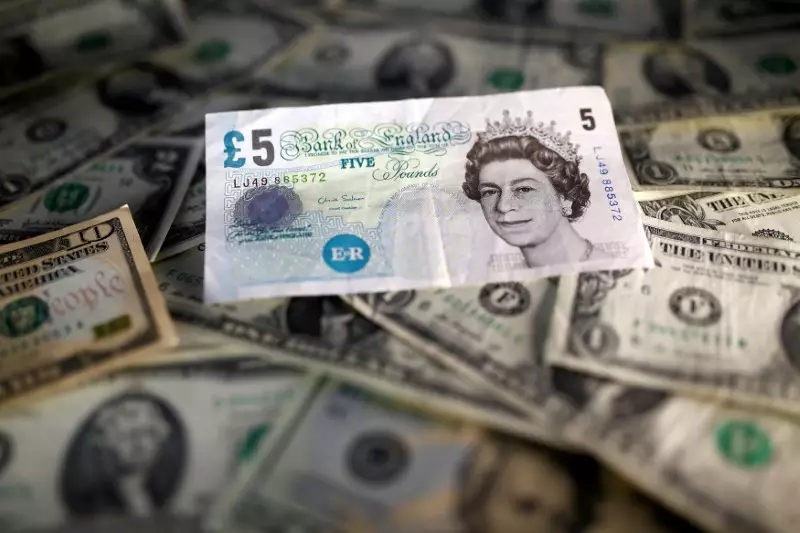The foreign exchange market is a complex and volatile ecosystem where a variety of factors can influence the value of currencies. Central bank meetings, in particular, play a significant role in shaping market sentiment and driving currency movements. In this article, we will explore how the recent Bank of England policy-setting meeting and other central bank decisions have impacted the U.S. dollar and other major currencies.
The U.S. dollar saw a slight uptick in value on Thursday, with the Dollar Index rising by 0.2% to 105.122. This movement followed a period of holiday trading in the United States and was driven by a combination of economic data releases and investor sentiment. Traders are closely monitoring indicators such as initial jobless claims and housing starts for clues on when the Federal Reserve might adjust interest rates. While some Fed officials have expressed caution about premature rate cuts, market expectations remain cautiously optimistic about potential easing measures.
Ahead of the Bank of England’s policy-setting meeting, the pound sterling experienced a dip against the U.S. dollar, falling by 0.1% to 1.2699. Despite recent data showing a decline in consumer price inflation to 2.0%, in line with the central bank’s target, concerns persist about wage growth and underlying pricing pressures. The BOE is widely expected to maintain interest rates at their current levels, but market participants will be closely watching for any changes in the bank’s communication.
The euro faced headwinds as political uncertainties in the region weighed on the single currency. The European Commission’s call for disciplinary action against France and other countries with excessive budget deficits added to existing concerns. The snap election called by French President Emmanuel Macron has further disrupted the political landscape in Europe, contributing to a negative outlook for the euro.
Meanwhile, the Swiss National Bank’s decision to lower its key interest rate by 25 basis points had repercussions on the Swiss franc. The move, which came after a period of economic growth and stable inflation, reflected the central bank’s commitment to supporting the economy. The decision to cut rates amid improving economic conditions highlighted the delicate balance central banks must strike in managing monetary policy.
In Asia, the Japanese yen continued to show weakness against the U.S. dollar following the Bank of Japan’s dovish stance on bond purchases. This contributed to a 0.2% increase in the USD/JPY pair, with the yen trading at a one-month low. Similarly, the Chinese yuan remained under pressure amid doubts about the country’s economic recovery, leading to a marginal increase in the USD/CNY exchange rate.
Central bank meetings have a significant impact on currency markets, shaping investor expectations and driving short-term volatility. As central banks around the world navigate the challenges of economic uncertainty and shifting global dynamics, market participants must stay vigilant and adapt to rapidly changing conditions. By monitoring central bank decisions and their implications for currency values, traders can navigate the complex landscape of the foreign exchange market more effectively.

